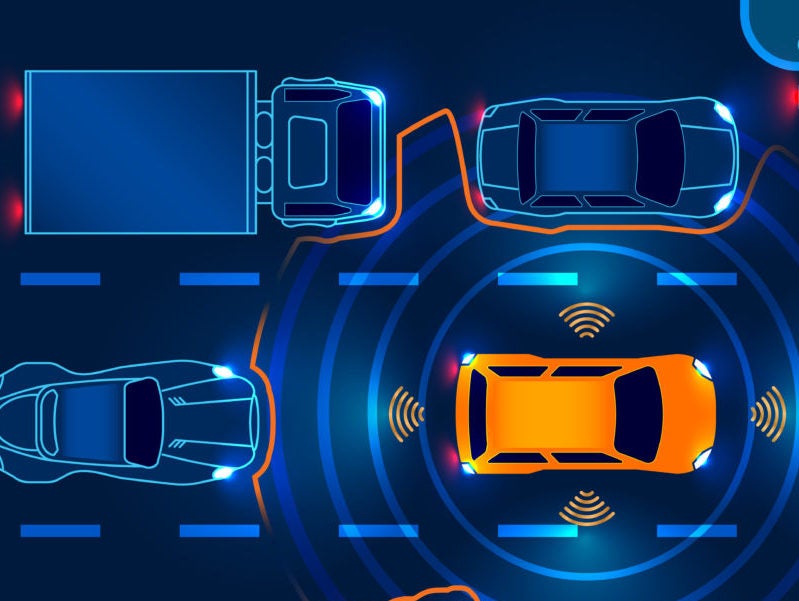
Companies such as Google’s Waymo are testing robot cars on Californian public roads, and reports to the Department of Motor Vehicles there show that human intervention is needed on average every 14 miles.
Robot cars, or autonomous cars, were driven on over 2 million miles of Californian roads in 2018, up from 500,000 miles in 2017.
According to Consumer Watchdog, Waymo drove the longest distance, at 1.25 million miles, and intervention was only needed every 16,500 miles on average.
It’s an improvement from 2017 when Waymo’s driverless cars drove over 350,000 miles in total and needed disengagement every 5,600 miles.
Uber, on the other hand, is last in the race, having only tested 26,900 miles in its driverless cars and needing 2.5 interventions for every mile autonomously travelled.
More robot car crashes
In October 2018, Waymo was the first company to be granted a permit to test autonomous cars without a human driver in the vehicle.
How well do you really know your competitors?
Access the most comprehensive Company Profiles on the market, powered by GlobalData. Save hours of research. Gain competitive edge.

Thank you!
Your download email will arrive shortly
Not ready to buy yet? Download a free sample
We are confident about the unique quality of our Company Profiles. However, we want you to make the most beneficial decision for your business, so we offer a free sample that you can download by submitting the below form
By GlobalDataBut there were also more car crashes from robot cars in 2018, with 75 collisions compared to 29 in 2017.
Tesla, owned by the entrepreneur Elon Musk, did not report any testing of its autonomous cars in California, according to Consumer Watchdog.
“Robot cars aren’t safe”
Adam Scow, senior advocate for Consumer Watchdog said: “Besides the occasional tragedy, the public is in the dark about what’s happening in other states. It’s only because of California’s rules that the public can find out what’s happening when companies use public roads as their private laboratories.
“The next step is to require that companies testing robot cars that are involved in a crash should be required to make public video and technical data about the incident.”
He added: “These reports show that robot cars aren’t close to being ready for public deployment. Despite all of the hype and promises, these reports show that robot cars aren’t safe without human drivers ready to take over.
“While some companies are improving, others are sputtering out in the parking lot.”
Autonomous cars move forward
In spite of the numbers from the California DMV, the autonomous car industry is making many leaps forward in its game.
There have been developments in their capabilities for predicting pedestrian movement, while Volvo plans to integrate NVIDIA’s DRIVE AGX Xavier computer to power its next-generation of autonomous vehicles in 2020.
Senior director of automotive NVIDIA Danny Shapiro said: “There’s a direct correlation to the amount of compute you have in the vehicle, coupled of course with sensor data coming in, to how safe and how capable and how reliable that system is, and so Volvo is being very forward-looking here.”
Intel predicts that the ‘passenger economy’ will be worth $7tn by 2050, so car companies have been racing to lead in the development of a fully autonomous vehicle.







